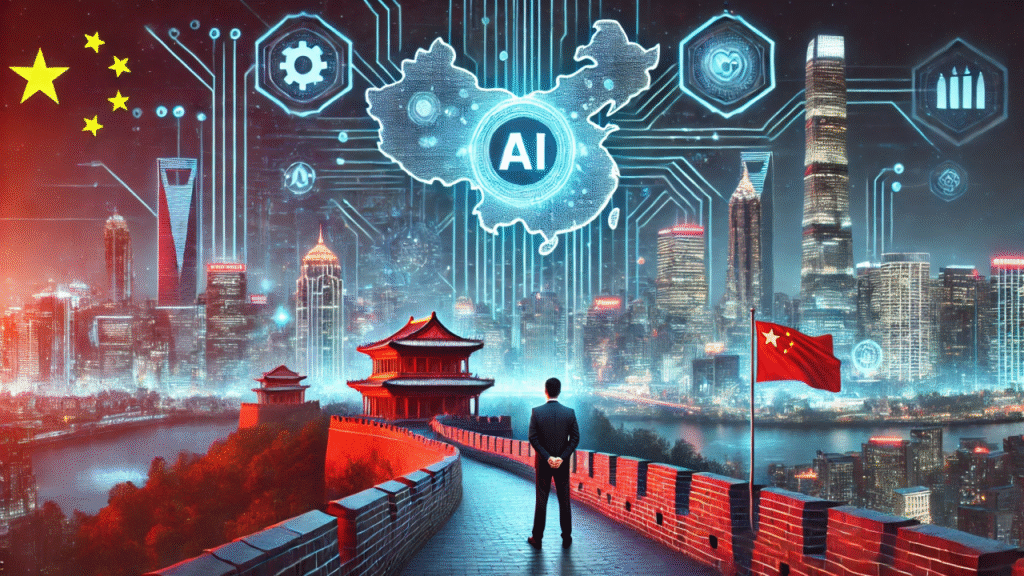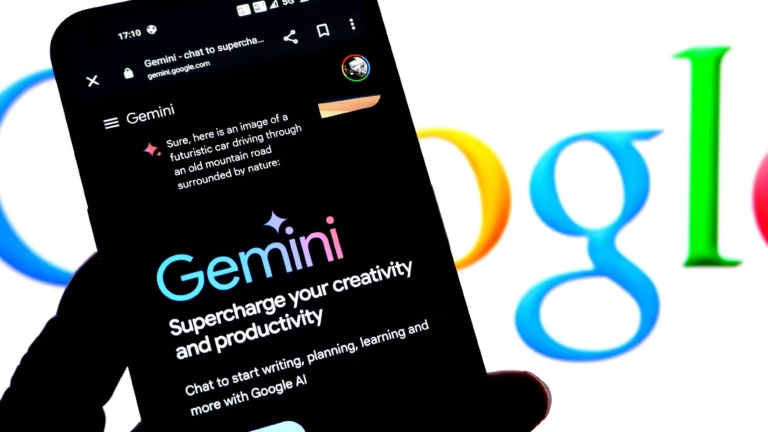
China’s AI Boom: A Mix of Innovation and Challenges
When we think of artificial intelligence (AI), Silicon Valley often comes to mind. But across the Pacific, China is making waves with its own AI revolution—backed by government muscle, tech giants, and ambitious startups.
Why China is Betting Big on AI
In 2017, China announced a bold plan: dominate AI by 2030. Since then, the country has poured resources into research, smart infrastructure, and AI education. Unlike the U.S., where private companies lead innovation, China’s approach is top-down, with policies ensuring AI integrates into everything from traffic management to medical diagnostics.
The Companies Driving Change
Baidu, often called “China’s Google,” made headlines with Ernie Bot, its answer to ChatGPT. Alibaba uses AI to optimize logistics, while Tencent applies it in gaming and healthcare. Then there’s SenseTime, a startup specializing in facial recognition—a tech that’s both revolutionary and controversial.
The Human Side: Opportunities and Concerns
For Chinese citizens, AI brings convenience—faster services, better healthcare, and seamless payments. But it also raises privacy questions. Cameras with facial recognition track movements, and AI-driven social credit systems influence behavior. Globally, tensions with the U.S. over semiconductor restrictions add another layer of complexity.
What Lies Ahead?
China’s AI journey is a blend of rapid progress and tough challenges. Will it achieve global leadership? That depends on how it navigates ethical dilemmas, international rivalry, and its own ambition.
The Bottom Line:
Love it or worry about it, China’s AI push is reshaping technology. And in this high-stakes race, the world can’t afford to look away.



